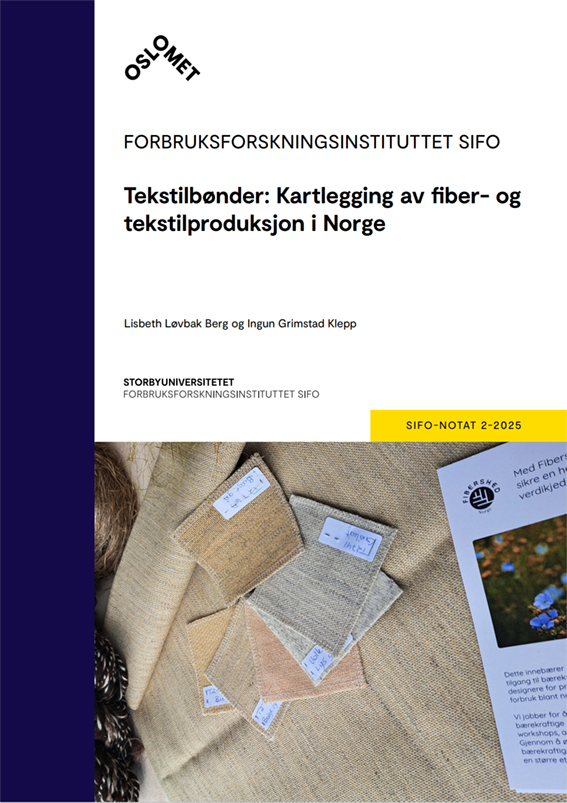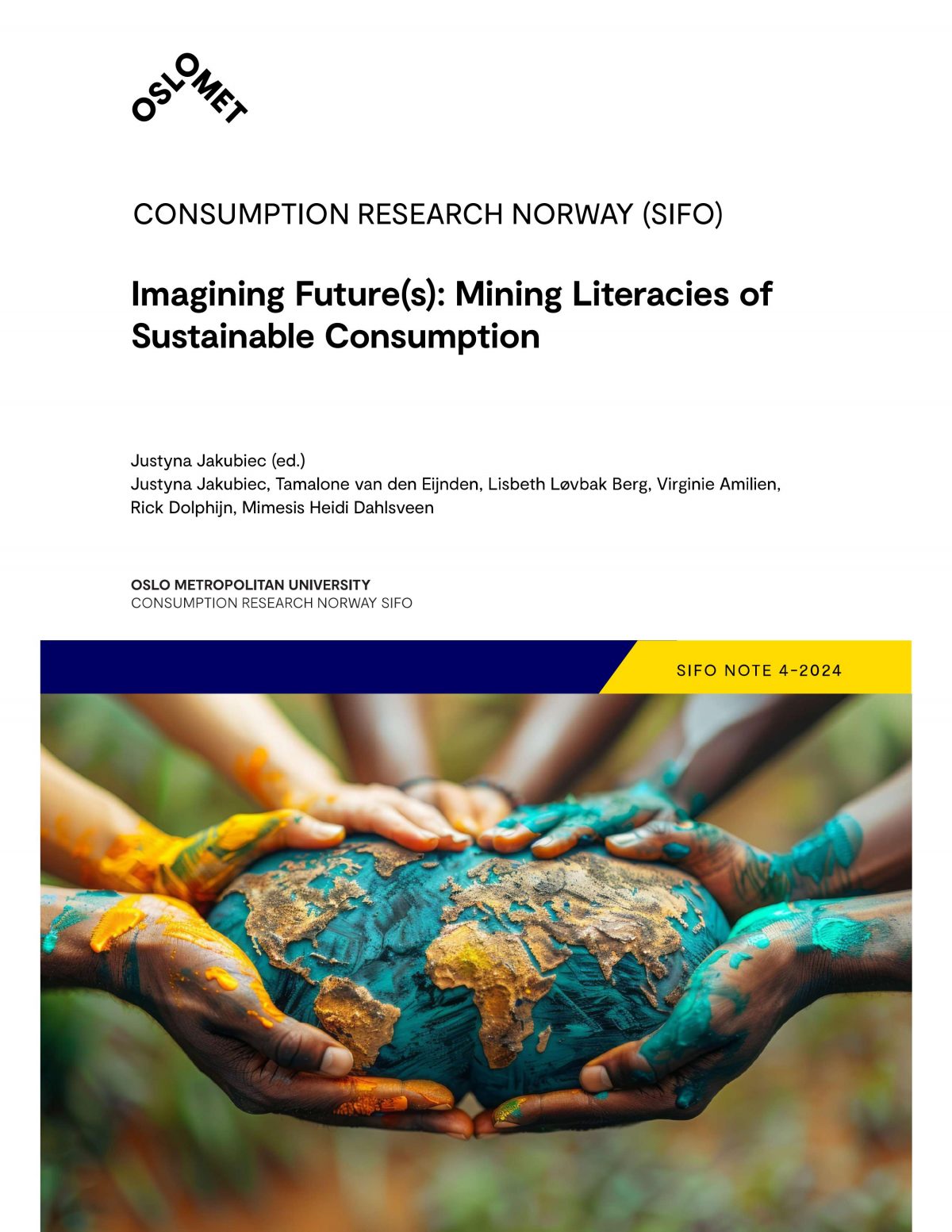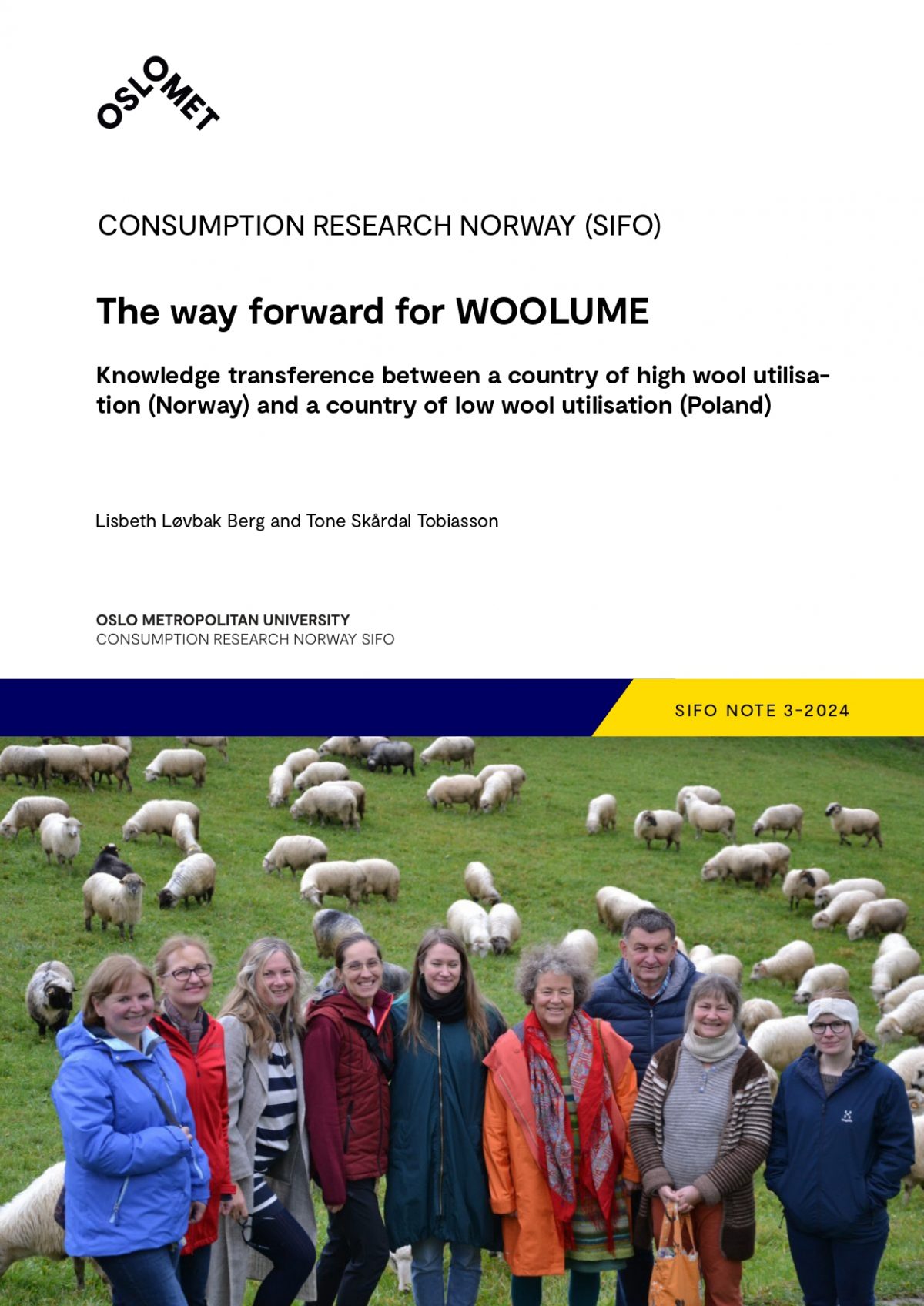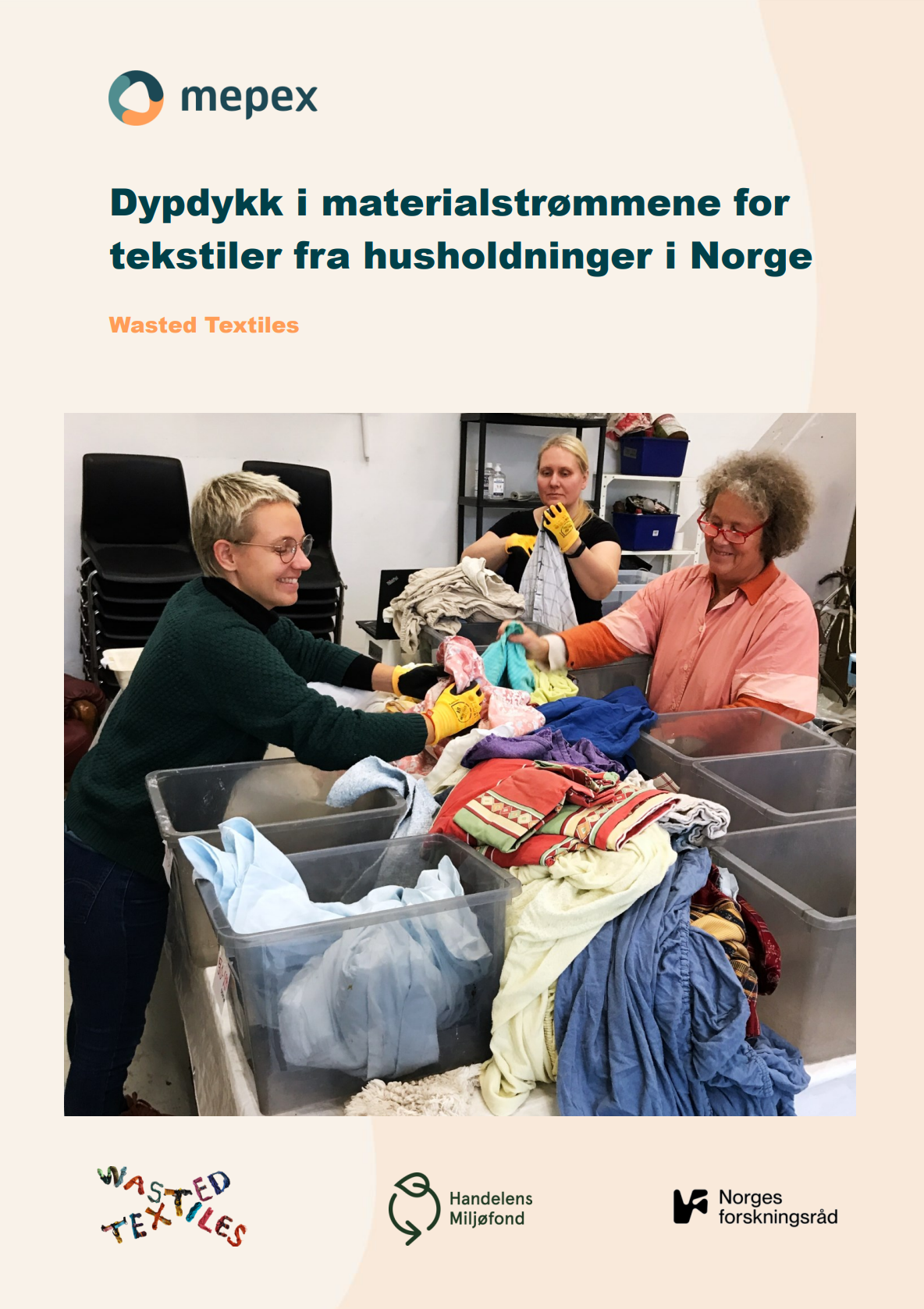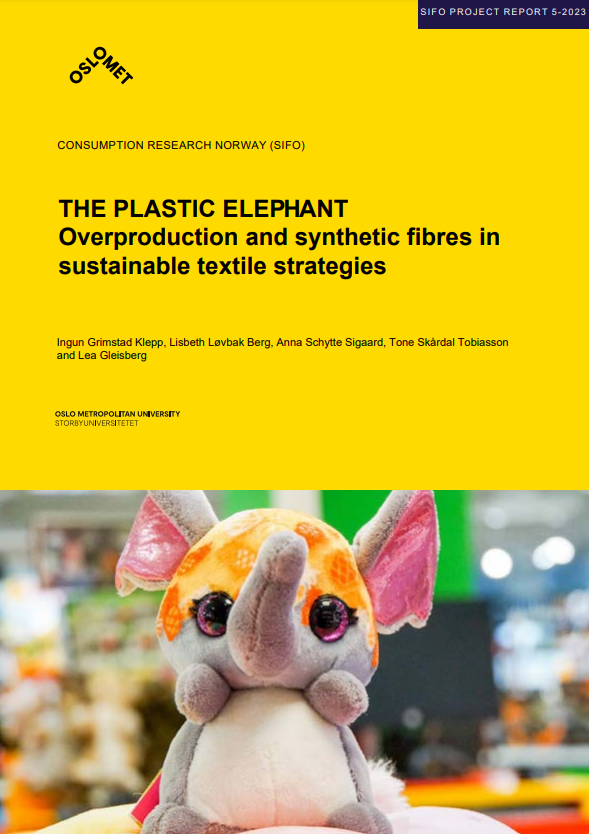Authors: Kirsi Laitala, Lisbeth Løvbak Berg and Pål Strandbakken.
Abstract
The Consumer Purchases Act is one of the cornerstones for ensuring that businesses are liable for defective or faulty products that do not meet the minimum requirements for lifespans. However, this right is too seldom used by consumers. This paper discusses the reasons for not complaining based on six consumer focus groups, where in total 36 consumers described furniture, electronics, and textile products that they were dissatisfied with. Many complaints were not made due to consumers’ cost-benefit evaluations, where they considered the economic costs, time use, and the needed effort, as well as the probability of getting the complaint accepted. Many participants lacked the competencies required to make the judgment when the right is applicable and where and how to proceed. Further, the expectations based on price and brand, properties of the product such as materials, as well as the type of fault and its relation to use were important. Strengthening and extending consumer rights to complain are discussed as an important part of the strategy to increase the quality of goods and extend their lifetimes. The findings show barriers and opportunities to the efficacy of this strategy that is highly relevant for policy development. There is a need for clear guidelines on what the consumer rights are for the specific products, what is considered unacceptable abrasion and normal use, and differentiation between commercial warranties and legal rights. Complaints are an important avenue for businesses to gain information about the performance of their products, and for legal durability expectations to be enforced.
Click here to download and read the full article.
Click here to download and read the full conference proceedings (aalto.fi).
